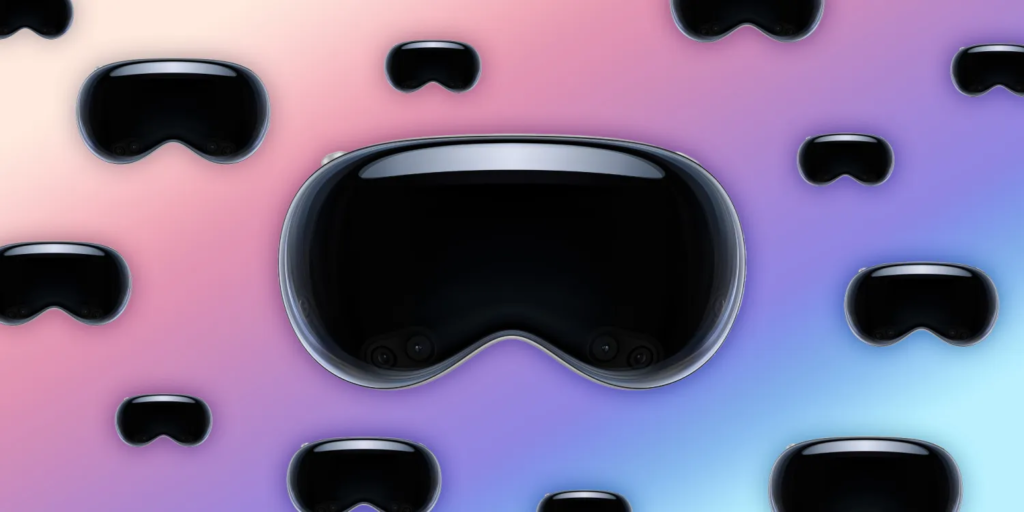
Apple has released the Vision Pro headset, a groundbreaking “spatial computer” that redefines computing and TV. With AR and VR capabilities, it features a 4K display for each eye, 12 cameras, and five sensors. The headset is powered by the Apple M2 and a new chip called the R1. Its unique control system relies on your eyes, hands, and voice, operating on the visionOS platform. Here’s a concise breakdown of the key features of the Apple Vision Pro headset.
Apple’s Vision Pro headset for spatial computing has garnered significant attention. In July, the company intends to launch developer test labs in Cupertino and five other global locations, allowing hands-on experiences with the headset. In this discussion, we’ll explore the distinctions between the Apple Vision Pro and other AR, MR, and VR headsets. We’ll also outline potential limitations and provide TIRIAS Research’s perspective on the matter.
Experience visionOS in VR on your Meta Quest now. No need for Vision Pro or expensive time machines. Apple recently revealed Vision Pro, set to launch in the US in early 2024. Developers can simulate visionOS on a Mac for app preparation. Apple is also organizing special sessions worldwide for developers to test their apps on real hardware.
For those who aren’t developers, Supernova Technologies has created a discounted version of “visionOS” for virtual reality headsets. Supernova showcases its Nova user interface framework for Unity developers and designers. The demo features the app grid from the Vision Pro video, utilizing Quest Pro’s color passthrough as the backdrop. It replicates Apple’s interaction system using gaze and pinch gestures.
The demo takes advantage of Quest Pro’s eye tracking for app selection and hand tracking for pinch-based “clicking.
The knockoff version of visionOS is incompatible with the cheaper Quest 2 and the upcoming Quest 3. It requires meta’s eye tracking feature, exclusive to Quest Pro hardware.
If you don’t own a Quest Pro, it’s not advisable to purchase the expensive headset solely for this demo. While it offers an intriguing glimpse into visionOS-like features and control, using controllers to mimic air gestures for selection will disrupt the immersive experience.